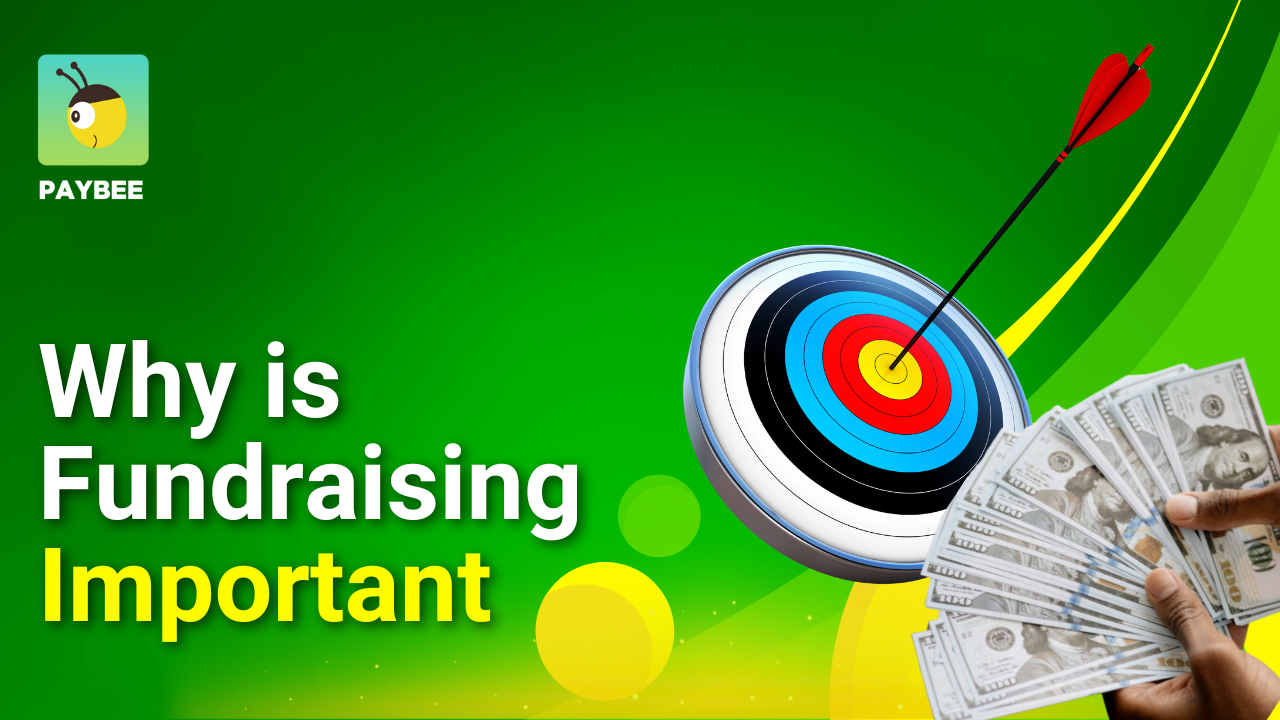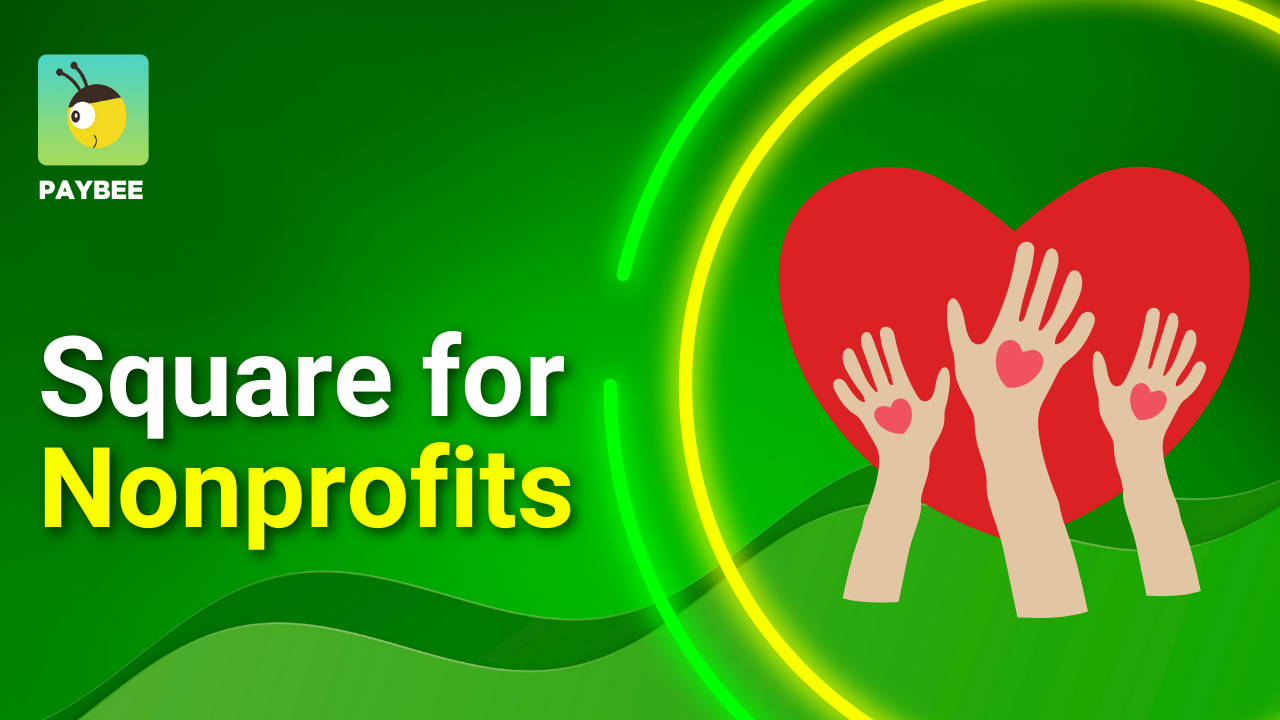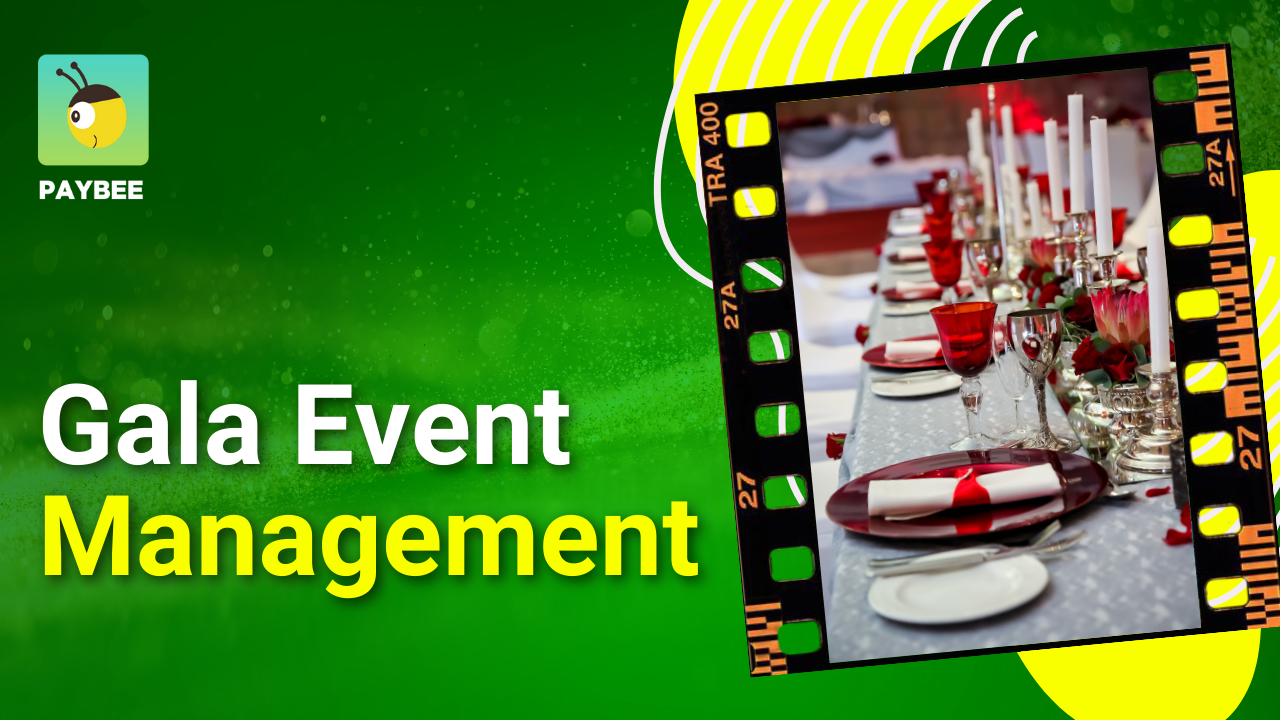
Why Is Fundraising Important: Unlocking the Power of Philanthropy for Lasting Change
Why Is Fundraising Important: Unlocking the Power of Philanthropy for Lasting Change
Quick Answer: Why is fundraising important?
Fundraising serves as one of the main tools used to transform your good intentions into measurable impact. Both operationally for your organization as well as being the main lifeline that can help your good cause by transferring funds there.
Key Takeaways
- Funding is the lifeline of your nonprofit: Around 70% of nonprofits rely on funding to cover their basic operating costs. After covering these costs, funding allows nonprofits to pass funds along to their good cause, either directly or through the transfer of items purchased.
- Turns vision into action: Take your good cause initiatives and ideas into tangible, measureable results.
- Community building: Donations play an important role in deepening relationships, both with donors and civic engagements.
- The Key Fundraising Types: Individual donations (67%), corporate partnerships, events, grants, online campaigns.
It’s almost impossible to start an NGO with no money today. Just securing your nonprofit designation with the IRS costs something, and that’s before you even think about programs or outreach. From day one, charities rely on donations in one form or another. Even “free” resources like donated office space or pro-bono legal work are still recorded as gifts on someone’s books, which is why fundraising matters. And here’s the reality, the more funding you have, the more effectively and quickly you can move from good intentions to measurable impact. Limited or no funding forces organizations into survival mode and delaying projects that could be helping people now.
Unlike for-profit businesses, nonprofits aren’t designed to generate a profit but rather are established to serve a cause. That means the money you’ll need to operate and grow will need to come from somewhere outside of your organization. And while it is legal for nonprofits to own an LLC and have certain for-profit businesses, there are a lot of stipulations and most charities don’t operate that way.
So bottom line, as a certified charity the easiest way to become established, run the organization and actually have a positive impact is going to be about asking for voluntary donations to fuel your charity's mission. Fundraising fills the gaps where public funds fall short so your nonprofit can tackle issues head on, whether it’s feeding families or saving forests. Without it, most charities would grind to a halt, plain and simple.
Here are a few of the main reasons fundraising is so important.
- Covers Essential Costs: Even the most passionate mission needs some sort of practical support. Fundraising provides the money to pay staff, rent office space, buy supplies and cover the everyday expenses like utilities that keep the doors open.
- Drives Programs and Services: Donations fuel the actual work that you do like feeding families, offering scholarships, running addiction clinics, protecting the environment or whatever the charity’s focus may be. Without some sort of funding, those services stop.
- Builds Trust and Community: Fundraising isn’t just about the money, it’s also about connecting everyday people to your cause. Every time someone gives your charity a donation, they’re basically saying they believe in your mission and you ability to make change, and therefore are making an investment in you while creating a community invested in the same mission.
- Expands Reach and Impact: In simple math, the more funds you have, the more you can do. That might mean helping more people, offering new services or taking on bigger challenges like changing laws or educating the public about your cause.
Why’s this such a big deal? About 70% of nonprofits lean on donations to cover everything from rent to program costs. Think of a local animal rescue that saves 50 pets a month because of a $5,000 online campaign. That’s real impact that people can see and not just numbers on a page. Fundraising isn’t just cash, it’s what turns ideas into action and keeps communities tight.
Core Types of Fundraising: How the Money Flows
Americans gave a record $592.50 billion to charity in 2024, that’s a 6.3% increase from 2023! And approximately 70% of that comes from individuals like you and me. So how do charities lock into this funding when there’s so many types of donations? Here are the big ones:
- Individual Donations: These are gifts from everyday people, $10 here, $100 there. Think of a retiree dropping $50 into a library’s donation jar or a teen texting $5 on their phone during a social drive. This is how most charities secure their funding and it made up about 67% of total giving in 2024.
- Corporate Partnerships: Many businesses give to charities either through straight cash donations or in-kind ones like ingredients for a dinner fundraiser, or a local coffee shop might sponsor a 5K run by covering costs for shirts while boosting their brand with their log. And with corporate giving hitting $37.20 billion last year, it’s definitely something to add to your fundraising strategy.
- Events: Events are still amazing opportunities to both fundraise and create stronger relationships with the people supporting your cause. From gala dinners to bake sales, events bring people together. And now with specialized nonprofit platforms like Paybee, you can have a hybrid approach where attendees from around the world can easily join your events.
- Grants: Foundations and even the government will offer grants for certain types of nonprofit’s and their activities. For example, a youth program might score a $10,000 grant to teach coding to underserved kids with absolutely no strings attached beyond reporting the results.
- Online Campaigns: Digital platforms like Paybee combined with social media are exploding. A viral video campaign can pull in $5,000 in a weekend for disaster relief, shared across social media with Paybee as the destination including an easy to use and mobile friendly donation page.
Each type of giving has it’s own pros and cons and work better for certain types of organizations. If you want to see how you can use each one in your own nonprofit, check out our Donor Cultivation Guide to learn proven ways to connect with your supporters and how they fit as far as donation style.
The Societal Impact of Giving
Being properly funded goes far beyond just what you are doing as far as the impact on your cause. Of course that is the goal of a charity, but there are many other societal impacts many nonprofits don’t even see. Its influence reaches much further by shaping communities, economies and even the social fabric of society. At its best, philanthropy does what public services alone cannot, it fills gaps, sparks innovation and creates opportunities for long term progress.
Filling Gaps in Public Services
Government programs and public funding rarely meet every community’s needs, especially with the government aggressively cutting costs and social programs. This is where nonprofits step in, the fill the gaps left by the system and provide things like after school tutoring, supporting families facing food insecurity or responding to disasters faster than official aid. Fundraising makes sure these types of life changing interventions are possible.
Strengthening the Workforce
Charitable organizations are not just service providers, they’re also major employers. According to the U.S. Bureau of Labor Statistics, the nonprofit sector accounts for roughly 10% of the U.S. workforce creating around 12.8 million jobs. That’s pretty significant. That means fundraising dollars don’t just pay for programs, they also go towards jobs for social workers, educators, medical staff and countless others whose work directly improves lives. So the funds you secure aren’t just helping the needy, they’re helping your entire community in a real and substantial way.
Building Civic Engagement and Social Trust in Your Fundraising Community
More than ever people are looking for purpose and a connection to others. Philanthropy is a great way to not only help those in need, but those with a hole they are looking to get filled through connecting with others and a greater cause than themselves. A donor who helps launch a scholarship fund for instance doesn’t just provide tuition money, they become part of a student’s success story. Over time these sorts of connections deepen civic engagement and encourage collaboration across different parts of society. So your organization doesn’t just improve the lives of those you are working to save, it also uplifts all that come into contact with it.
Driving Innovation and Systemic Change
This is a serious positive when it comes to nonprofits and is seldom discussed. You see, many nonprofits aren’t all that well funded, but they have a lot of passion. This is where people with little funds create alternatives to the way things usually are. If you’ve created a clean water initiative, but you lack the cash to buy water purifying equipment in some foreign country, it can force you to come up with simpler and less costly alternatives that would otherwise never have been created. So not only does your charity have the ability to help, it also has the ability to create and improve on the entire framework of philosophical work!
In short, the societal impact of giving is both practical and profound. It fills urgent needs, sustains millions of jobs and builds communities grounded in trust and shared responsibility. Without fundraising, many of the solutions we take for granted today from public libraries to modern health programs might never have existed.
How to Strengthen Your Fundraising Strategy (Action Steps)
A successful fundraising program doesn’t just happen by luck, it takes some strategic planning and a willingness to adapt. And while it’s not rocket science either, there are five key areas to be aware of to be sure you are able to secure the funding your charity needs and deserves.
1. Set Clear Goals
The biggest mistake we see with many newer organizations is they’re not clear on what they want to achieve. This is really detrimental in many ways, but can be fixed by simply choosing a set and realistic goal for each of your fundraising activities. Define fundraising targets that are specific, measurable and time bound to keep everyone, including yourself accountable for your results. For example, instead of “raise money for programs,” set a goal like “secure $50,000 in individual donations by year end to fund a new after school tutoring program.” This brings focus not only to you and your team, but also your supporters who will be more willing to support a clear and well thought out objective.
2. Engage Donors Regularly
Your donors allow you to exist, so never treat them like a number. These people want to help and make a difference and feel connected, so let them. Let them know your goals, how well your doing with them, or not. Update them with what’s going on both out in the field and behind the scenes. Regular updates, thank-you notes and authentic storytelling go a long way toward deepening your relationships. A quick phone call or a personalized email sharing how their gift helped a family or funded new equipment shows donors that their contributions matter. This not only keeps them engaged, but it shows a huge degree of transparency on your part.
3. Diversify Income Streams
We’ve discussed some ways to bring in donations above, and the smartest thing you can do is to choose a few of them that will work best for your specific needs and make them a part of your ongoing campaigns. Things can change quickly in the nonprofit sector, so relying only on grants or only live events can be detrimental to the overall stability of your organization. Diversify as much as possible without spreading your team too thin. Build a balanced mix of events, digital campaigns, grants and partnerships. A nonprofit that pairs annual gala revenue with recurring online donations and a corporate sponsorship will be more resilient when one funding source fluctuates.
4. Leverage Technology
Technology is no longer something cool to get to later, it is now, and any charity that isn’t embracing it is already falling dramatically behind! Simple tools like text-to-give codes, mobile friendly donation pages and QR codes on event programs make giving quick and easy. More advanced platforms like Paybee can do everything from run your entire organization’s back end, to collecting donations seamlessly while holding a hybrid event where attendees can choose to attend the event either in person or online and still interact with others. You can check out our free demo here to see all the ways we can improve you charity with only a mouse click.
5. Measure and Share Impact
One of the reasons we said to make real goals is so now you can report back on them. This is the best way to understand how well your organization is doing, or not doing. Using a metric like KPIs (Key Performance Indicators) can really help you nail down what’s working and what’s not. Report on key metrics such as meals served, students supported or trees planted and then share those results through newsletters, social media or impact dashboards with both your team and supporters. This builds trust and lets your supporters see exactly what’s going on with their support. When giving and impact become tangible to people, they are more likely to give again.
Strengthening your fundraising strategy is about building trust and creating lasting partnerships. By setting clear goals, keeping donors engaged, diversifying revenue, embracing technology and consistently sharing impact, your nonprofit can create a fundraising approach that is both sustainable and inspiring.
Wrapping Up
Fundraising is more than a financial tool, it impacts people’s live in real and tangible ways. From serving dinners to the needy to giving your own employees stable income to take care of their own families, nonprofits do a lot more than just fill gaps. But of course this all needs to be funded somehow, and fundraising is the most reliable way to fund any charity.
Whether you or your supporters are giving their time or resources, every step matters. Together, these efforts build a society where generosity is not just an act, but a shared commitment to improving lives and shaping a better future.
Frequently Asked Questions (FAQ)
1. What are the main types of fundraising?
The core types include individual donations, corporate partnerships, grants, fundraising events and digital campaigns.
2. How does fundraising benefit society as a whole?
It strengthens communities, creates jobs, fuels civic engagement and funds programs that address unmet needs and gaps in the system.
3. Are corporate partnerships really effective?
Yes! Sponsorships including matching gifts and employee giving programs can significantly expand a nonprofit’s reach and revenue.
4. How has fundraising changed in recent years?
Fundraising has shifted from traditional in person appeals to digital first methods like text-to-give, crowdfunding and hybrid events using specialized platforms like Paybee.
5. What is a donor-advised fund (DAF)?
A DAF is a charitable account donors use to contribute while receive immediate tax benefits but can recommend grants to the nonprofit over time.
Start Fundraising






